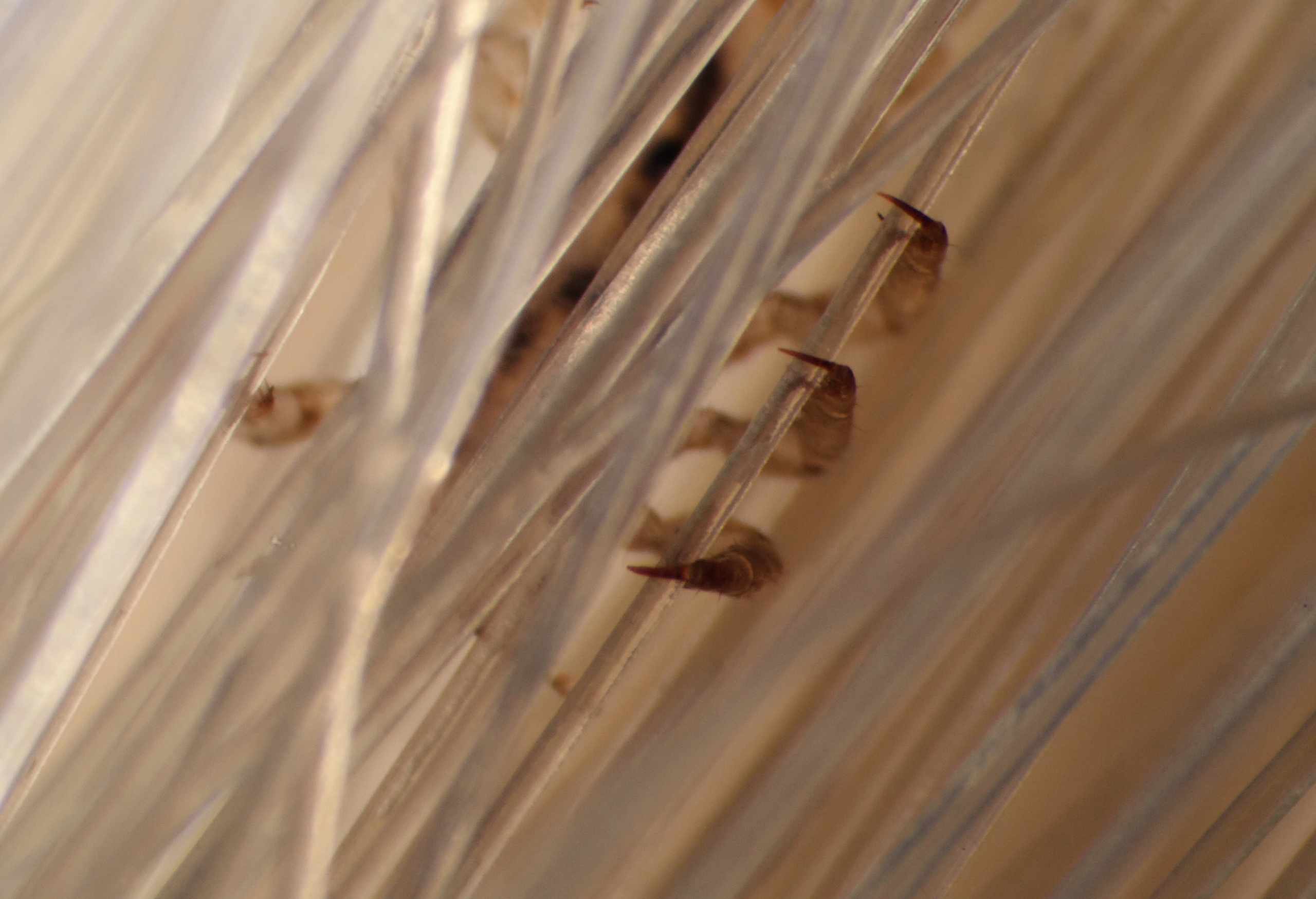What causes head lice to begin
March 8, 2021Even mentioning lice is enough to make your skin crawl, isn’t it? These tiny little parasites are no less than little vampires that live on your skin and cause those nasty itches. Moreover, they are highly unattractive, to say the very least. Lice have been coexisting with us humans for thousands of years, yet we do not have a sure shot cure for them as of yet. So, we should try to understand what causes their infestation in the first place and discuss how we can prevent these creatures from sucking our blood. Since lice spread from social activities, the chances are that you will get lice at some point in your life if you are social. This is nothing to be ashamed of though, lice are curable, and you will be fine in no time!
Head lice are parasitic wingless insects that live on people’s heads and feed on their blood. Lice are the size of a sesame seed, and their eggs are called nits, and they are even smaller; they are about the size of a knot in a thread. Lice are easiest to detect at the neckline and behind the ears. Head lice are extremely contagious; close contact or sharing personal belongings such as hats or hairbrushes puts people at risk. Children of ages 3 to 11 and their families get head lice most often. Lice do not spread disease and don’t cause any harm that is greater than just a little bit of itching. Symptoms of having lice are tickling feeling in the hair, frequent itching, sores from scratching, irritability, and difficulty in sleeping. Head lice are most active in the dark. Treatment for head lice is recommended for people with an active infestation; during treatment, all household members and others in close contact should be checked. Anyone who has an active infestation should be treated. All infested people and their bedmates should be treated at the same time.
Lice live on humans, and they are species-specific; there are over 5000 different types of head lice. Head lice are specific to our heads. A long time ago, in about 8000 BC in Brazil, a mummy was discovered and had the first nit on its head; that is about how long ago we can trackback head lice. We also know that ancient Egyptians struggled with head lice because lice combs were found buried in their tombs with them. What causes head lice? Head-to-head contact will be the most common thing that’s going to cause your head lice infestation, which is because head lice are transferred from head-to-head contact. We need to make sure that everybody in the household doesn’t have it. There are things that we need to look at to prevent lice.
Ways in which lice can spread are: –
Head-to-head or body to body contact-
Head-to-head or body-to-body contact is the most common way in which lice can spread from person to person. You need to check your family if you suspect them of having lice. Kids are the most susceptible to having lice because of their carefree attitude and the likelihood of them touching each other. Kids can also come in contact with head lice while sharing objects of personal hygiene like combs, helmets, and other things that are worn on heads; they can be caps as well. You can make sure that your child does not get head lice by specifically instructing them not to share items of personal hygiene with others. This can also be taken care of by ensuring your child’s cleanliness; make it a point to make sure that your child is always clean and hygienic. Lice spread is not limited to head-to-head contact; many times, lice can get transferred through body-to-body contact. In the case of children, body-to-body contact may be caused by playing. Lice infestation of this kind may be prevented by checking your children’s heads when they come back home from a playing session. In the case of adults, lice infestation caused by body contact may result from having sex. This kind of lice infection can be prevented by not having sex with unknown partners. It is always better to be safe than sorry, isn’t it?
Proximity to infested belongings-
When infected belongings are kept in public places like lockers of swimming pools, high Schools, and gyms, these belongings become the hot spot for lice infestation. From here on, the lice can go from one object to another. These belongings include blankets, combs, towels, pillows, and other items that are close to one’s body.
Items that are shared with family members or friends –
It is quite common to have a single hand towel for everyone in the house. It is also common to share personal belongings like brushes, headphones, combs with family members and friends. After all, sharing is caring, right? Unfortunately, in this case, sharing leads to the spread of life from one infected person to others. It is a common occurrence when one family member gets lice, and it spreads from him her to the entire family. However, this situation can be prevented by making sure that everyone’s personal belongings are not shared and are kept away from the personal belongings of other family members.
Coming in contact with contaminated furniture-
It is almost impossible to guess that someone you might know has lice or not, but if they do, this might result in you getting infected with them as well. A furniture is a common place where lice are found. This is because everyone comes in close contact with furniture while using it to find if the person who was using it is suffering from it. It can have to be prevented by being extra careful while visiting someone’s home and getting a shower when you come back to your own home.



Thanks for sharing. I read many of your blog posts, cool, your blog is very good. https://accounts.binance.com/pt-BR/register?ref=GJY4VW8W
Lorsque vous essayez d’espionner le téléphone de quelqu’un, vous devez vous assurer que le logiciel n’est pas trouvé par eux une fois qu’il est installé.
Your article helped me a lot, is there any more related content? Thanks!